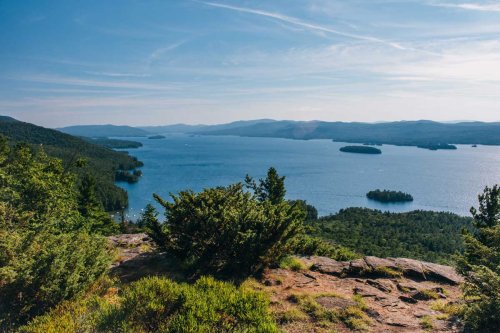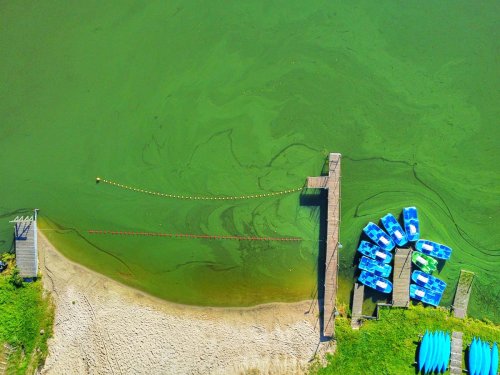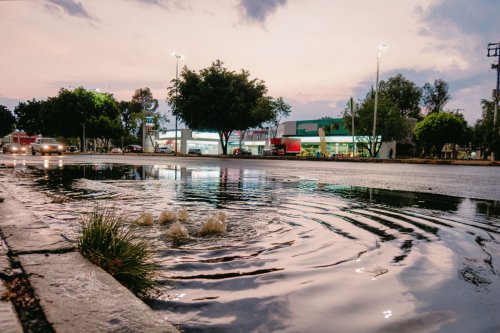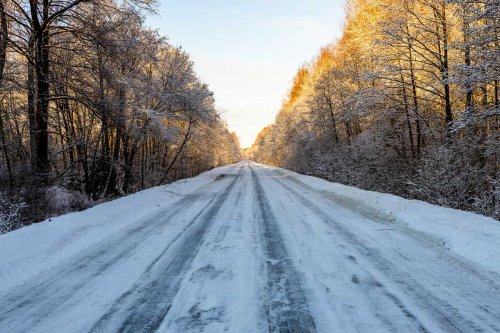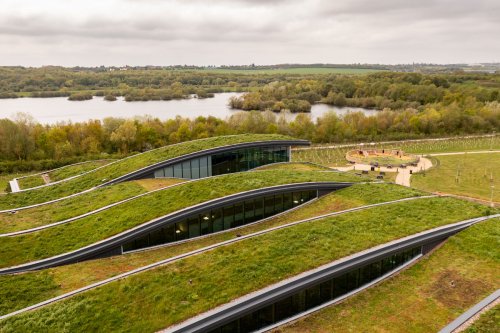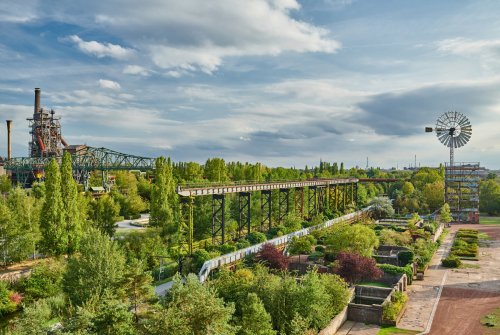Climate-Ready Culverts: Sizing for 100-Year, 200-Year, and “Who-Knows-What” Storms
By anticipating bigger, wetter storms, and building flexible capacity for the ones we have not seen yet, municipalities can keep roads open, streams connected, and budgets intact.
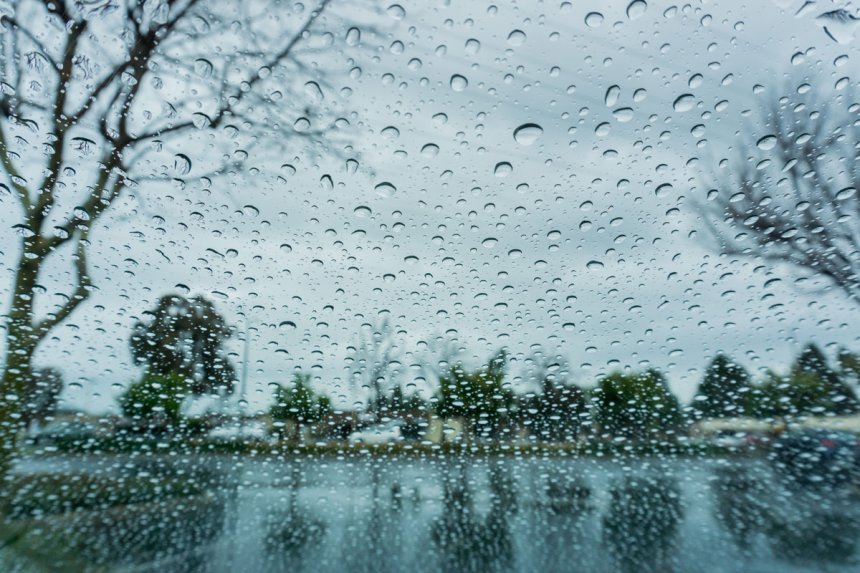
Intense rainstorms are arriving more often, bringing bigger floods that overwhelm legacy drainage pipes. When a culvert plugs or overtops, the result is costly washouts, stranded residents, and polluted streams. Designing today’s replacements around yesterday’s statistics is no longer enough, so many agencies are bumping design storms from the traditional 100-year standard to 200-year events, or larger, while adding extra safeguards in case the next storm breaks the record again.
Why Design Storms Are a Moving Target
Historical Intensity-Duration-Frequency (IDF) curves assume that extreme rainfall probabilities remain constant. Observations already show the opposite: the heaviest downpours across the contiguous United States are getting stronger and more frequent, especially in the Northeast where eight-inch, once-per-century deluges are happening far more often (toolkit.climate.gov). Because the climate signal is accelerating, NOAA is building Atlas 15, the first national dataset that explicitly includes future trends; preliminary CONUS estimates arrive in 2025 and will supersede Atlas 14 upon publication (water.noaa.gov).
Current Standards vs. Emerging Practice
-
Regulatory baseline: For culverts subject to FEMA mapping or flood-insurance concerns, many states still require sizing to the 1 percent-annual-chance (100-year) peak discharge (iowadot.gov).
-
State DOT upgrades: Agencies such as Washington DOT check that culverts on major highways pass the 100-year flow with no roadway overtopping and verify headwater criteria for the 25-year event (wsdot.wa.gov).
-
Climate-driven escalation: After repeat washouts in British Columbia, replacement structures are now being built for 200-year floods, acknowledging that the 2018 Kettle River crest exceeded the former 200-year estimate (canada.constructconnect.com).
Choosing a Return Period: A Risk-Based Framework
-
Consequence of failure – life-safety routes, emergency egress, critical utilities, and fish-bearing streams justify higher return periods or redundancy.
-
Hydrologic uncertainty – where Atlas 14 trends upward or local rain gauges show rapid change, add a freeboard factor or select the next-larger barrel.
-
Asset life-cycle – concrete or aluminum culverts often last 50–100 years; match the hydraulic design life to the structure’s physical life, then add a climate safety factor.
-
Funding requirements – FHWA’s PROTECT and National Culvert Restoration programs prioritize projects that explicitly address future climate risk (sustainability.gov, fhwa.dot.gov).
Hydrology Tools for Bigger Storms
-
Small catchments (< 160 ac): Rational Method remains acceptable but apply updated rain intensities from Atlas 14 (or provisional Atlas 15) and consider adding 20 percent for climate change where local guidance exists.
-
Medium basins (0.5–20 mi²): NRCS TR-55/TR-20, USGS regression equations, or NOAA Extreme Precipitation datasets; Iowa DOT, for example, uses StreamStats plus local adjustments for multi-region watersheds (iowadot.gov).
-
Large basins (> 20 mi²): Continuous simulation or event HEC-HMS, with inflow hydrographs routed through HY-8 or HEC-RAS Culvert Routine.
Hydraulics: Sizing to Survive the Unknown
| Design step | Key points | Climate-ready tip |
|---|---|---|
| Compute design discharge (Q100, Q200, scenario Qfuture) | Use multiple methods and reconcile with flood history | Carry forward the highest credible peak, not the average |
| Select barrel shape and material | Boxes pass debris better, round pipes are cheaper, bottomless arches aid fish passage | Favor open-bottom or embedded barrels to accommodate aggradation and self-scouring |
| Check headwater (HW) and roadway overtopping | Many DOTs limit HW/D ≤ 1.25 for conveyance culverts (wsdot.wa.gov) | Allow more barrels or a spillway slot before raising road grade |
| Debris and blockage allowance | Add 25–50 percent area in forested watersheds | Provide trash racks only where they can be safely cleared |
| Freeboard & resilience margin | One foot above Q100 is common; add an extra 0.5–1 ft or design to Q200 to buffer climate uncertainty | Design wingwalls to be extendable; oversize apron footings for future widening |
Designing for “Who-Knows-What” Storms
-
Non-stationary IDF curves: Some consultants now plot storm depth as a time-series and size culverts to the projected 2070-2100 curve rather than the 2020 baseline.
-
Scenario stacking: Run HY-8 (or CulvertMaster) for Q100, Q200, and a “stress test” flow equal to 1.4 × Q100 (roughly today’s 500-year in many counties) to see where failure modes begin.
-
Modular resilience: Specify oversize headwalls so an extra barrel can be jacked in later, or use precast three-sided frames that can be widened without full replacement.
-
Nature-based relief: Combine a right-sized culvert with floodplain benches, armored bypass swales, or beaver dam analogs to lower peak flow velocity and capture debris before it hits the pipe.
Cost-Benefit Snapshot
A 36-inch pipe costs about $120 per linear foot installed; bumping to a 48-inch pipe adds roughly $40 per foot in material and bedding but often avoids six-figure washout repairs and emergency mobilization. FHWA’s benefit-cost templates allow agencies to monetize avoided detour time and environmental damage, which frequently justifies the upsizing when a 30-year Net Present Value is considered.
Case Example: Columbia County, New York
Using annually updated extreme-rainfall analyses and hydrologic models, the county ranks culverts by climate-induced failure risk, then replaces the most vulnerable ones with wider span fish-friendly arches sized to new peak flows; the program is already reducing localized flooding and winning state resilience grants (toolkit.climate.gov).
Maintenance and Monitoring
Oversized culverts still fail if neglected. Build climate-ready programs that include:
-
Post-storm inspections within 24 hours of a warning.
-
Lidar or drone surveys every five years to track aggradation.
-
Smart sensors that alert staff when upstream water rises faster than expected.
Key Takeaways for Municipal Engineers and MS4 Managers
-
Start with the 100-year storm, then ask “what if it is 30 percent bigger?”
-
Use the best available precipitation science—Atlas 14 today, Atlas 15 tomorrow.
-
Match the design storm to the asset’s risk class; 200-year design is increasingly common for bridges, evacuation routes, and culverts under high fills.
-
Plan for modular expansion and integrate green overflow paths.
-
Document your climate rationale; it strengthens grant applications under FHWA PROTECT and similar programs.








